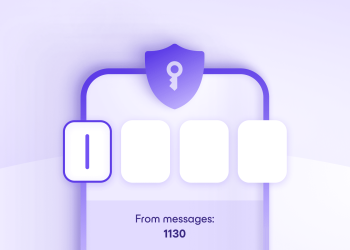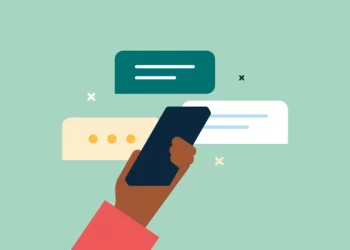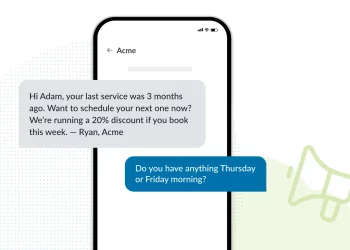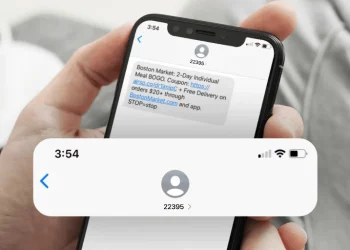Acronyms and abbreviations are key in digital communication. “LOL” is a big one, originally meaning “laughing out loud.” It’s now a part of our daily online and offline talk. This guide explores LOL’s origins, growth, and use today.
What Does ‘LOL’ Stand For?
“LOL” means “laughing out loud” or “laugh out loud.” It started as a way to show laughter online. You can say it as letters (“el-oh-el”) or as a word (“loll”). The Oxford English Dictionary added LOL in 2011, showing its significant role in our language.
The History of ‘LOL’
Origins
LOL first appeared in the 1980s. Wayne Pearson created it in a digital chat room called Viewline. He used it to show laughter instead of typing “hahaha.” It became popular in the 1990s on Usenet and IRC, showing up in online fun.
Evolution
Over time, LOL’s use grew. In 2011, it was added to the Oxford English Dictionary. This shows how language changes with digital communication.
Modern Usage of ‘LOL’
LOL used to mean laughter. Now, it has many uses:
- Softening Statements: LOL makes messages seem lighter or less severe.
- Expressing Irony or Sarcasm: It shows a statement is meant to be funny or not serious.
- Signaling Empathy or Solidarity: LOL can show you understand or feel the same way, even when it’s not funny.
Linguist John McWhorter calls LOL a “pragmatic particle.” It helps manage conversations and shows social cues in texts.
Examples of ‘LOL’ in Texting
Here are ways LOL is a symbol used in texting:
- Genuine Amusement:
Friend: “I just saw a cat chasing its tail and falling over.”
You: “LOL, that’s hilarious!” - Softening a Critique:
You: “Your singing in the shower is… unique LOL.” - Expressing Empathy:
Friend: “I can’t believe I tripped in front of everyone.”
You: “LOL, we’ve all been there.” - Indicating Irony:
You: “Just spent my entire weekend working. LOL, so relaxing.”
These examples show LOL’s role in digital chats. It’s not just for laughter anymore. It helps show tone, emotion, and social cues.
Variations and Related Terms
The digital age has brought many variations of LOL, each with its meaning:
- ROFL: “Rolling on the floor laughing” – shows extreme laughter.
- LMAO: “Laughing my ass off” – means you’re amused.
- LMFAO: An even stronger version of LMAO.
- LOLZ: A playful or sarcastic take on LOL.
- LULZ: Used to laugh at someone else’s expense, often seen in internet trolling.
- Lawl: A funny way to spell LOL.
- LEL: An ironic version of LOL.
These changes show how digital language adapts to different situations and emotions.
Cultural Impact and Decline
Even though LOL is still used, it’s not as popular as it once was. A Facebook study found that only 1.9% of users used LOL to show laughter. Instead, “haha” and emojis are more common.
Yet, LOL has had a big impact on culture:
- Integration into Spoken Language: People now say “LOL” out loud, showing its widespread use in talking.
- Influence on Language Evolution: LOL shows how digital talk changes language, adding new words and changing old ones.
- Representation in Media and Pop Culture: It’s been seen in many forms of media, which shows its importance in today’s discussion.
But, using LOL too much or in the wrong way can make people think you’re not sincere or that you’re not communicating well.
Conclusion
LOL has come a long way from its early days in chat rooms to its role today in digital communication. Even though it’s not used as much, its core meaning of expressing emotions and connecting with others is still key in our digital world. Knowing how to use LOL and its variations helps us communicate better and more empathetically online.
Frequently Asked Questions (FAQs)
1. What does “LOL” stand for?
“LOL” means “laughing out loud” or “laugh out loud.” It’s used online to show amusement or laughter.
2. Is “LOL” still widely used today?
Though “LOL” is still known, it’s not as common as it once was. A Facebook study showed that only 1.9% of users used it to show laughter. Now, “haha” and emojis are more popular.
3. How has the meaning of “LOL” evolved?
At first, “LOL” meant real laughter. Now, it can soften words, show irony, or show empathy in talks.
4. Are there variations of “LOL”?
Yes, there are many variations:
- ROFL: Rolling on the floor laughing.
- LMAO: Laughing my ass off.
- LMFAO: Laughing my f***ing ass off.
- LOLZ: A playful or sarcastic version of LOL.
- LULZ: Used to laugh at someone else’s expense.
5. Is it appropriate to use “LOL” in professional communication?
It’s best to avoid “LOL” in work settings. It can be seen as too casual or unprofessional.
6. How is “LOL” used in different cultures or languages?
Every culture has its way to show laughter online:
- Thai: “555” (the number 5 is pronounced “ha”).
- Korean: “ㅋㅋㅋ” (pronounced “kekeke”).
- Japanese: “w” or “www” (short for “warai,” meaning laughter).
- French: “mdr” (mort de rire, meaning “dying of laughter”).
7. Can overusing “LOL” affect how others perceive me?
Yes, using “LOL” too much can make your messages seem fake. A study by the American Psychological Association found that it can make people think you’re not sincere. This can lead to fewer or shorter responses.
8. Is “LOL” used in spoken language?
Yes, “LOL” is now used in spoken language too. It’s often used humorously or sarcastically to show something is funny or to lighten the mood.














